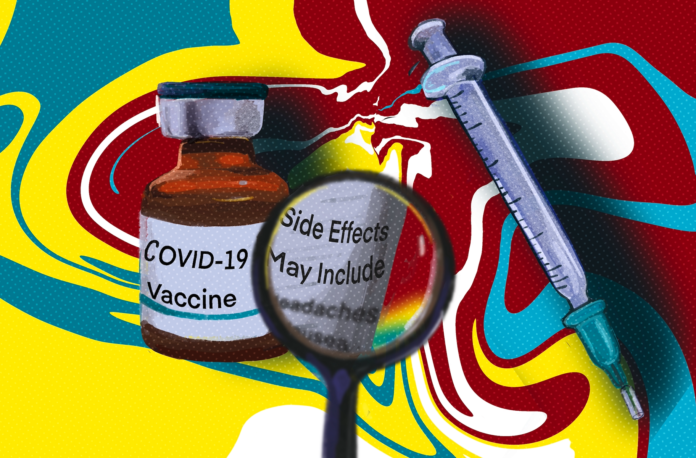
Since the first outbreak of the COVID-19 virus in late December of 2019, it has been a race for scientists to create a vaccine. According to the Milken Institute, there are over 200 vaccines currently in progress. Only 26 are in the fourth stage of testing.
In a survey done by Statistics Canada, 57.5 per cent of Canadians said they are very likely to get the COVID-19 vaccine when it is released. While it is promising to see so many Canadians have a general trust in scientists, those who are unwilling or unsure of getting the vaccine raise valid concerns and have the right to do so.
The same survey showed that 54.2 per cent of those surveyed were worried about the safety of the vaccine and 51.7 per cent had concerns over possible side effects and risks. Their concerns arise mostly from the rushed nature of the vaccine’s production.
Typical vaccine development takes around 10-15 years to complete in order for a vaccine to be approved for the general public. However, experts say a vaccine could be ready in as little as 12-18 months for COVID-19. To have a vaccine developed in a fraction of the time regular vaccines are produced leaves many people questioning the efficacy of any safety tests.
Skepticism towards new vaccines is not new. During the 2009 H1N1 influenza pandemic, 60 per cent of adults said they would not get the vaccine in September 2009. 30 per cent of respondents cited concerns over side effects and safety of the vaccine influencing their decisions. By late December of that year, the H1N1 vaccine was widely available to the general public. From the declaration of a pandemic on June 11, 2009, it took around six months for the vaccine to be produced.
Despite the fact that the vaccine played a major role in stopping the H1N1 pandemic, a study from 2015 linked the vaccine to narcolepsy. While this data can be alarming, the study shows that getting infected from the virus causes a stronger immune response and therefore a stronger trigger for narcolepsy.
Data like this can give people skewed ideas about the effectiveness of vaccines. If the vaccine was not so rushed, this side effect would have likely been detected sooner and more people would have been aware of this. It is also important to note that getting the flu itself was shown to be much worse in terms of long-lasting health complications than the vaccine.
Studies on new COVID-19 vaccines may not be able to fully study long-term effects, but the vaccine is crucial to returning to normal life. Without a vaccine, the virus will spread further than we can control. COVID-19 spreads easily and often silently, as around 80 per cent of people who contract the virus are asymptomatic, according to the World Health Organization (WHO). Despite the total number of cases on a decline in Canada, the virus can easily continue to spread and create new outbreaks.
New Zealand, for example, has shown such continued spread. The country was praised by epidemiologists and health officials around the world for being one of the first countries to eliminate the virus within its borders. However, in August, a man in his fifties developed COVID-19 and soon the number of cases in the country rose from 0 to 30—forcing the country to rethink their future plans for eliminating the virus.
Another example would be Victoria, Australia—the city that had to go into lockdown again due to a spike in COVID-19 cases. Health experts believe that the spike was caused by three hotel workers sharing a cigarette lighter while keeping distant from each other. This shows despite our best attempts at resuming regular life while still following guidelines, the virus can easily spread and reverse any progress we have achieved.
With elementary and secondary schools reopening, there’s no doubt in my mind that we will see new flare-ups of the virus. Even with students social distancing and wearing masks, mundane things such as sharing a lighter could have huge impacts on the spread of the virus.
When a new COVID-19 vaccine comes out, it’s important to listen to health officials and experts about the safety of the vaccine. We won’t be able to know all of the risks until years from now, but the immediate threat of COVID-19 is worse. Looking at raw data from clinical trials and reports from the WHO can also be helpful for individuals to decide whether or not they want to get the vaccine.
Until a vaccine is widely distributed, be sure to stay safe and follow public health guidelines.
Featured graphic by Sara Mizannojehdehi.





